Uttar Pradesh - Intro to India
Thursday, December 12, 2013
 Gorakhpur, Uttar Pradesh, India
Gorakhpur, Uttar Pradesh, India
From the point of our entry to India to our first significant destination at Varanasi was a distance of about 200 miles, a slog along rough pot-holed roads through numerous impoverished congested towns that took the better part of a day and a half . The trip was entirely through northern India’s intensely farmed, pancake flat Ganges Plain.
Here I should start with a basic explanation of the geography of the Indian subcontinent. The northern fringe along the border with China and Tibet rises sharply to the Himalayan mountains, highest range in the world. Lower mountain ranges roughly parallel the east and west coasts of the Indian Peninsula bounding an interior upland plateau named the Deccan. In western India near Pakistan is the Thar Desert, the beginning of the dry region of the world that spreads westward through the Middle East and North Africa. Between the Himalayas to the north and the Deccan Plateau and Thar Desert to the south and west, running roughly from the Delhi area to the Bay of Bengal at Bangladesh lies the flat plain of the Ganges River and its tributaries.
The plain’s fertile alluvial soils are intensively farmed and support one of the densest concentrations of the human species on earth . Uttar Pradesh, the Indian state that includes Varanasi, Agra, Lucknow, and numerous other large cities has a population of over 200 million in an area about the size of Kansas. With an additional 100 million people in Bihar state to the east, a population as large as that of the United States lives in a landmass of similar magnitude to Colorado.
The landscape is one almost entirely dominated by humans with crowded towns spread along the road, a village or the tall smokestack of a brick kiln always in the distance, virtually every inch of land either built upon or under cultivation. A constant smoky haze from the dry season burning off of harvested sugar cane fields hangs in the air. The going is slow on roads crowded with every kind of vehicle an obstacle imaginable – trucks hauling sugar cane, buses, tuk-tuks, motorbikes, bicycles, pedicabs (some hand-operated by amputees), ox carts, pedestrians, cows, goats, and dogs. Sura, our truck, is sideswiped twice as the tops of large vehicles passing closely on the narrow road bump when they simultaneously hit potholes that cause them to lean toward each other . Fortunately the damage is minimal.
This is not the new India of skyscrapers, technology parks, and business outsourcing operations. Uttar Pradesh and Bihar are two of India’s poorest as well as most overpopulated states. Our truck is a novelty in the small towns between Nepal and Varanasi, and we’re quickly surrounded by crowds of gawkers at lunch stops. The minority of the locals who have cameras snap far
more photos of us as we wander about the towns in search of a samosa stand or snack shop than we do of our unusual surroundings.
We stopped for the night in an incredibly chaotic regional
center, a city named Gorakhpur, for a stay at The Hotel President, supposedly
the best in town but still a Faulty Towers type of establishment providing
service with a frown. When I spent a year in Egypt in 2004 I sometimes thought
Egyptians had perfected the fine art of “I don’t give a shit!” service but
Hotel President wins the prize. Maybe it’s something about places with
furnacelike climates that leads to surliness (I certainly get grumpy when I’m
hot) but the front desk and restaurant staff were almost comically incompetent
as well as uninterested in doing their jobs.
It may be difficult to fathom but the distance of not much
over 120 miles between Gorakhpur and Varanasi took an entire day on the road
and got us into town around 7:30. Hotel Surya is a very nice one for two nights
in Varanasi even if a bit far from the action along the Ganges.
Other Entries

 Gorakhpur, Uttar Pradesh, India
Gorakhpur, Uttar Pradesh, India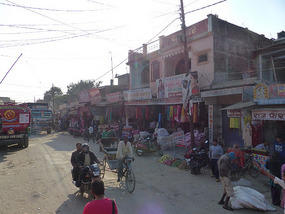
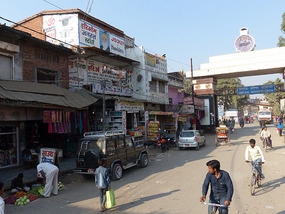



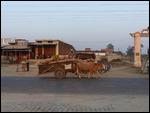
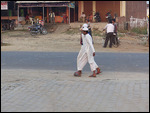
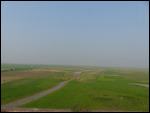
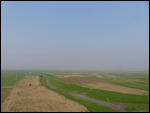

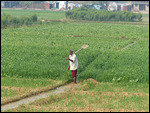
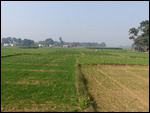
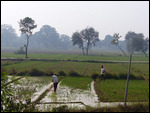
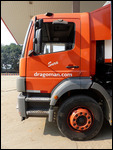
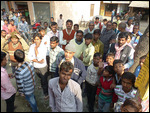
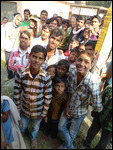
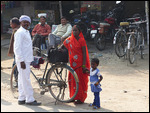
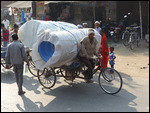

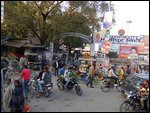
2025-05-23